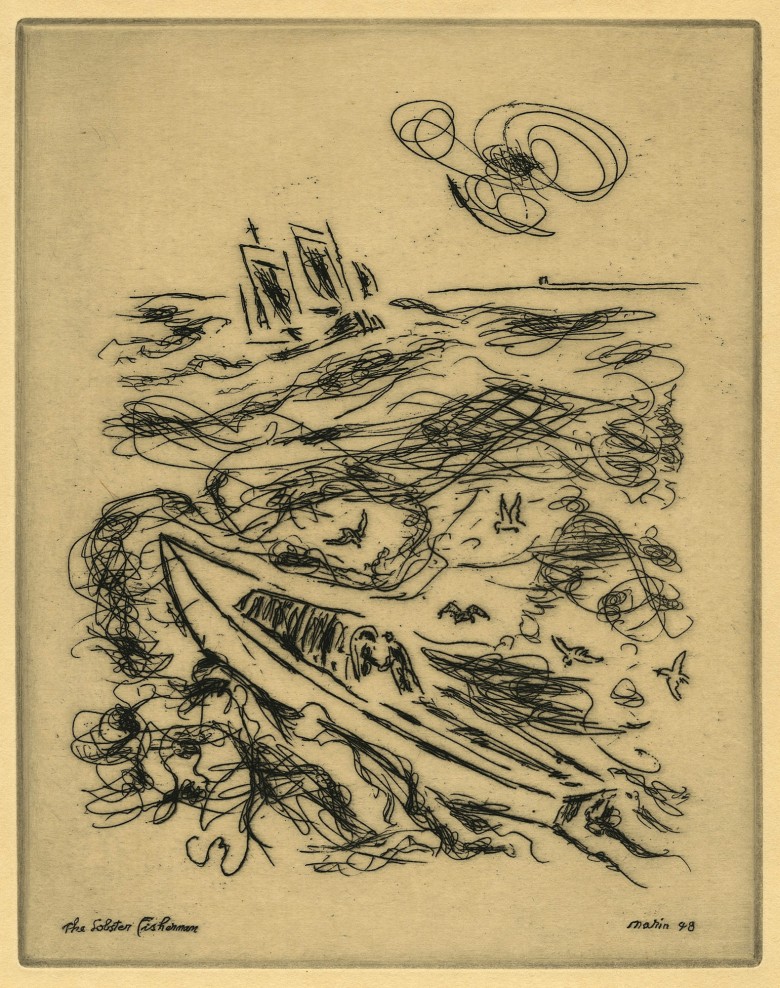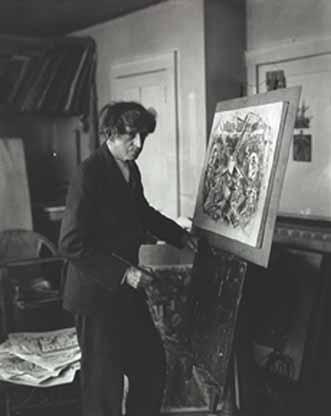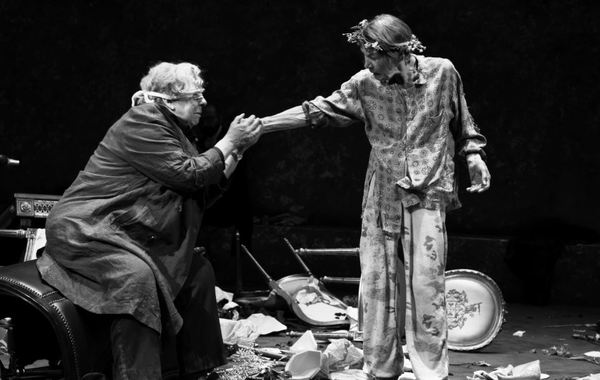
The Modern Jazz Quartet performs on Japanese TV in 1961. Milt Jackson is the vibraharpist, John Lewis the pianist, Percy Heath the bassist, and Connie Kay the drummer:
(This is the latest in a series of arts- and history-related videos that appear in this space each Monday, Wednesday, and Friday)










